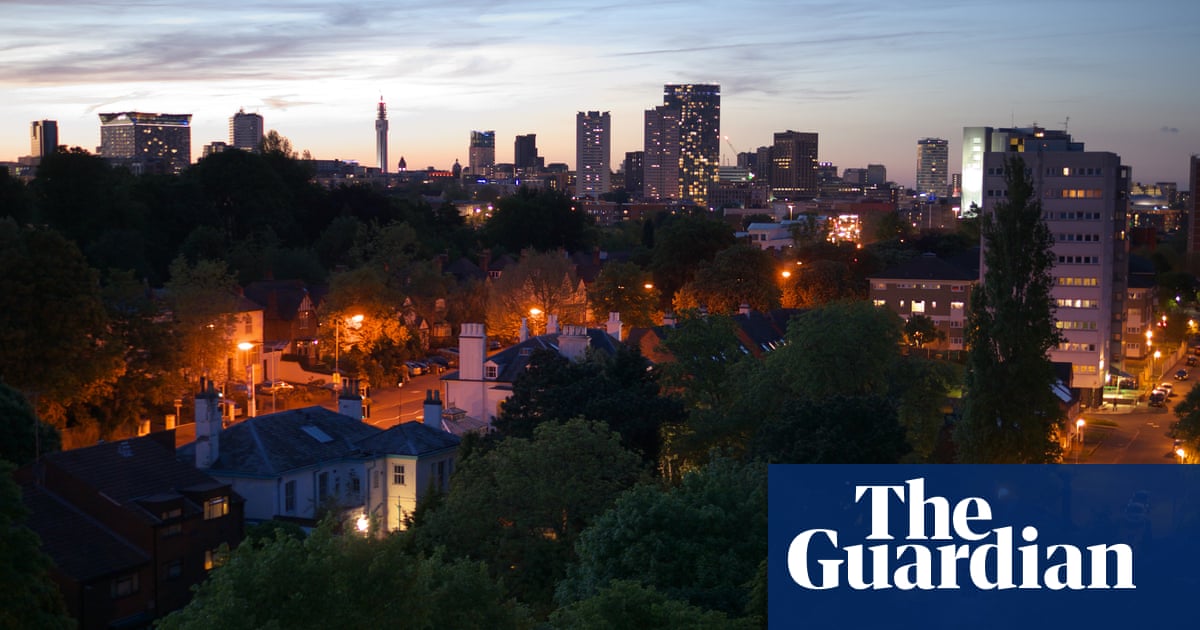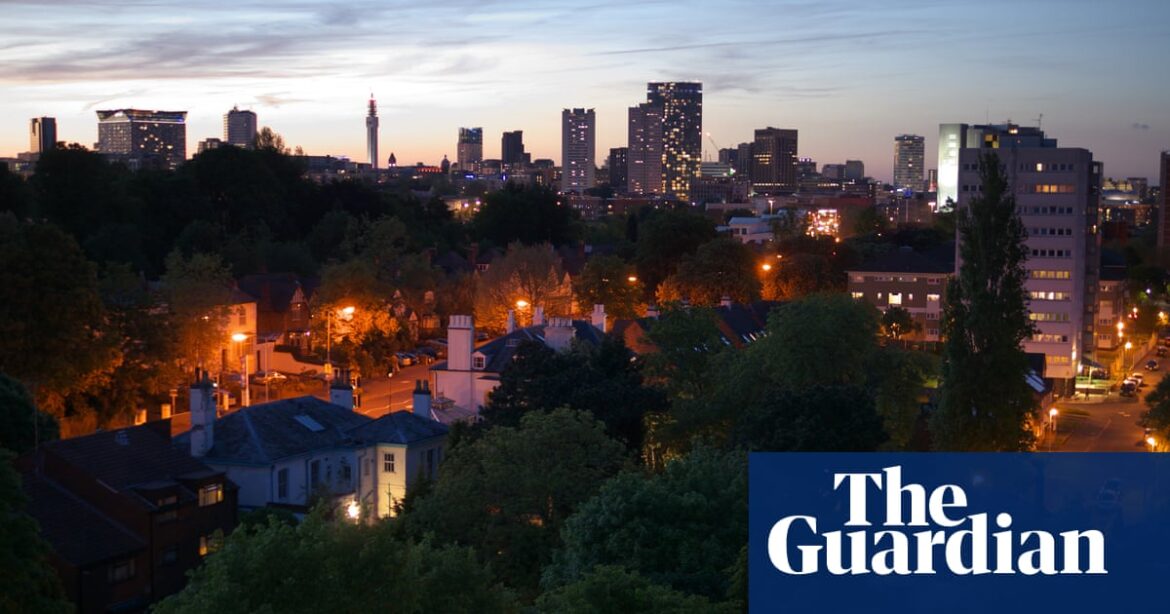
The county of Norfolk contains some of the best stargazing spots in the UK and was one of the few places where it was possible to see the spectacle of the aurora borealis this winter, thanks to its dark skies unsullied by light pollution.
However, there are concerns from various groups about the council’s efforts to make Norfolk roads darker, as it may put individuals, particularly women who are alone, at risk of harm.
In the last 15 years, many councils in England and Wales have implemented policies to reduce or turn off street lights, resulting in significant cost savings for some, totaling millions of pounds annually.
Recently, financially struggling local governments have intensified their budget cuts in an attempt to fill significant deficits. Croydon, Cornwall, Havering, and Hampshire are the most recent areas to announce plans to turn off street lights.
According to Norfolk council, the expenses for maintaining their 54,000 street lights have increased significantly in the past few years to approximately £4m annually.
Since 2008, the implementation of LED lighting, dimming of certain lights, and turning off approximately 20,000 lights between midnight and 5am has resulted in a £15m savings. Plans are now being made to expand this practice to additional streets and for longer periods of time after discussions with both law enforcement and community members.
In November, over 200 students from the University of East Anglia expressed their disapproval of additional budget reductions. This was in response to a survey where 94% of students stated that they would feel more secure if street lights remained on for a longer period of time.
Campaign groups across the country are expressing concerns over the potential impact of darker neighborhoods on public safety.
The groups Our Streets Now and the anti-stalking charity the Suzy Lamplugh Trust expressed worries this week regarding local governments’ decisions to reduce street lighting. The first group stated that women’s safety is being neglected in this matter.
There is contradicting evidence regarding the impact of poorly lit streets on crime rates. A 2022 investigation conducted by University College London in Oxfordshire and Berkshire revealed that instances of car theft decreased by half when street lights were turned off during late hours.
A thorough examination of 13 studies conducted by the College of Policing revealed that enhancing street lighting can decrease violent and property crime by an average of 21%.
There is a lack of study focused on the safety of women in dimly lit or dark environments, however, it is evident that there is still a noticeable impact.
According to Dr. Anna Barker, an associate professor at Leeds University who conducted a study on park design and safety, perceptions are crucial. The research involved interviewing over 100 women and girls and revealed that when individuals feel unsafe, they alter their behaviors. This often leads to women avoiding certain spaces they deem unsafe, or avoiding them altogether during times when they feel unsafe or when they are alone.
Additionally, she mentioned that street lights should not be viewed as a cure-all and are just one aspect of improving the accessibility of public areas. She stated, “Illumination is just one means of intervention. It is not the sole solution for ensuring women’s safety in public spaces.”
Architect and lighting designer Dr. Elettra Bordonaro, a co-founder of Light Follows Behaviour, focuses on outdoor spaces. She points out that there is a class aspect that must be acknowledged. While wealthier areas can afford to have darker spaces, it would not be practical to apply the same standard to more high-risk locations, especially in lower-income areas. In her projects for social housing communities, she recommends increasing lighting rather than reducing it.
According to her, achieving a balanced and uniform lighting requires more light sources rather than just flooding everything with light like a prison yard.
In addition to the monetary advantages, there could be other positive aspects to decreasing the amount of street lighting.
According to Dr. Richard Fox, the leader of science at Butterfly Conservation, a study on moths revealed that street lights have a significant effect, decreasing the number of moth caterpillars by over 50% in certain areas.
Moths are vital to the food chain and a key component of the diet of mammals, such as bats and hedgehogs, amphibians and birds. “There are a whole bunch of familiar garden birds like blue tits and great tits, which feed basically only on moth caterpillars,” he said.
“If the population of moth caterpillars is reduced by 50%, as observed under the LED streetlights, then that means a 50% decrease in food supply for birds.”
He emphasized the lack of research on the impact of dimming or turning off lights at night on wildlife. However, he believes that it would be beneficial to turn off street and outdoor lights when they are not necessary for human use.
Source: theguardian.com



